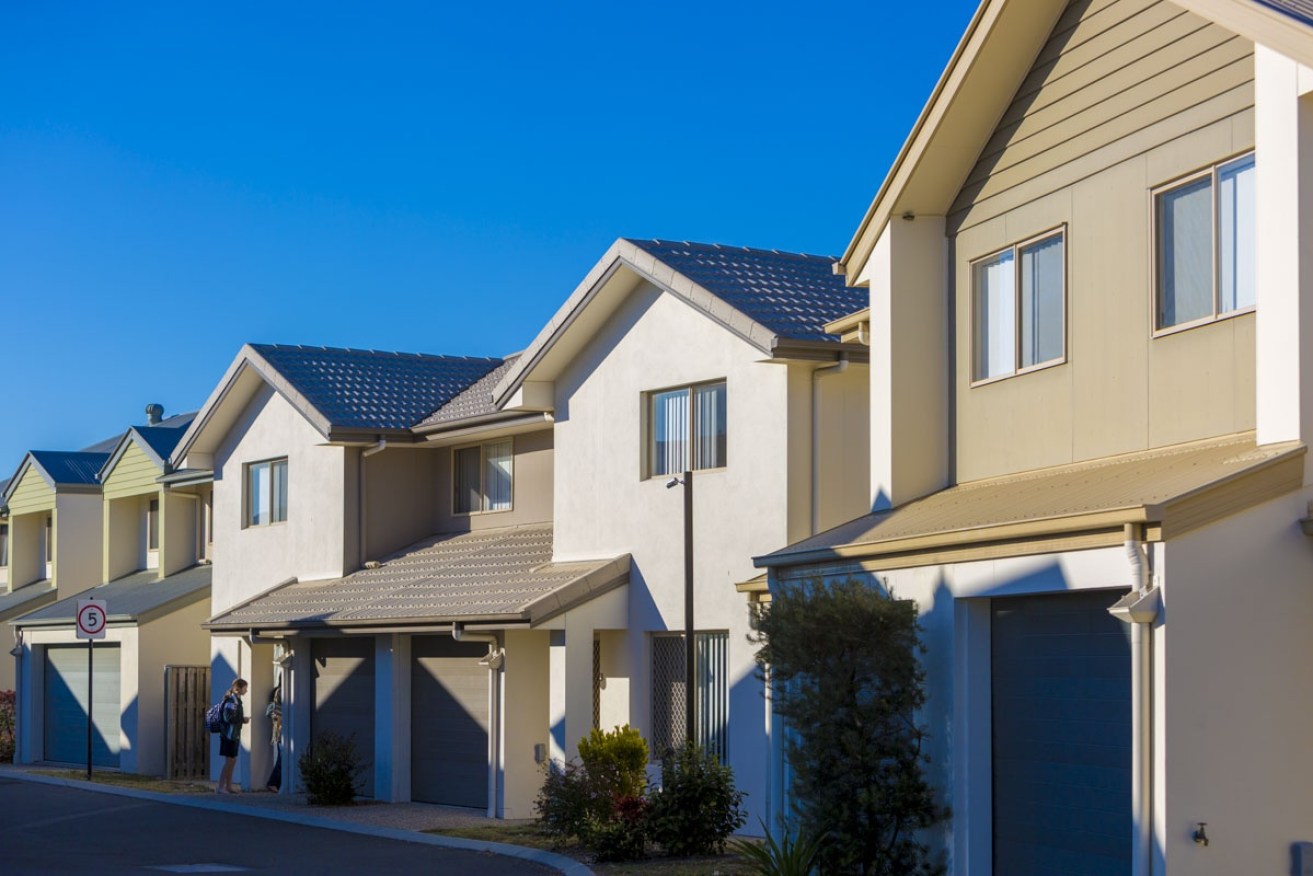Topsy-turvy housing market sees first annual decline since 2012


The combined capital cities have recorded an annual decline in dwelling values for the first time since 2012. Photo: Getty
The Australian housing market has turned on its head with regional areas outperforming capital cities, units outperforming houses, and the first annual decline in home values since 2012.
On an annual basis, dwelling values in the combined capitals recorded a 0.3 per cent decline, the first annual drop since November 2012, according to new data from CoreLogic.
The slump was largely driven by falling home prices in Sydney (-3.4 per cent), Perth (-2.3 per cent) and Darwin (-7.7 per cent).
Melbourne recorded an annual growth of 3.7 per cent, while Hobart confirmed that it’s hot property, topping the list of capital cities with a 12.7 per cent increase in dwelling values over the past year.

Annual change in dwelling values. Source: CoreLogic
The news coincided with the Reserve Bank of Australia’s announcement on Tuesday that interest rates will remain unchanged at 1.5 per cent for a record-breaking 19th consecutive month.
CoreLogic head of research Tim Lawless said he expects the RBA to maintain a neutral policy stance “for the foreseeable future”.
“Low mortgage rates are expected to help to keep a floor under housing demand,” Mr Lawless said.
“While the next interest rate move is likely to be up, financial markets are still indicating the first hike won’t be until July 2019.”
In quarterly terms, CoreLogic data for the first three months to April 2018 showed that Sydney, which has a median house value of $875,816, was the weakest performing capital city so far this year with a quarterly decline in dwelling values of -1.2 per cent.
Hobart, which has a median house value of $430,138, continued to hit home runs as the best performing capital city, with dwelling values rising 3.6 per cent across the March quarter.
“At a macro level, the latest trends are virtually the opposite of what we have become used to over the past five or so years,” Mr Lawless said.
The past 12 months also brought an end to the dominance of the metropolitan real estate, with dwelling value growth in combined regional areas outstripping the combined capital cities with an annual growth of 2.4 per cent.
“Regional areas are now outperforming the capitals and units are outperforming houses. Also the most expensive properties are now showing weaker conditions than the more affordable ones,” Mr Lawless said.
While detached houses in the capital cities posted an average annual growth rate of 7.3 per cent over the past five years, with units at 5.5 per cent, the trend has now reversed.
“Despite the surge in unit construction over recent years, the past 12 months has seen unit values continue to trend higher, up 1.9 per cent, compared with a 1.0 per cent fall in house values,” Mr Lawless said.
There’s also positive news for property owners in regions where home values were decimated by the end of the mining boom, with a number of mining regions showing an end to the sharp declines.
“Although values remain lower over the year, many of the mining regions, where values have seen substantial declines, have now levelled out or seen some growth in values, helping to reduce the drag on headline growth rates,” Mr Lawless said.








